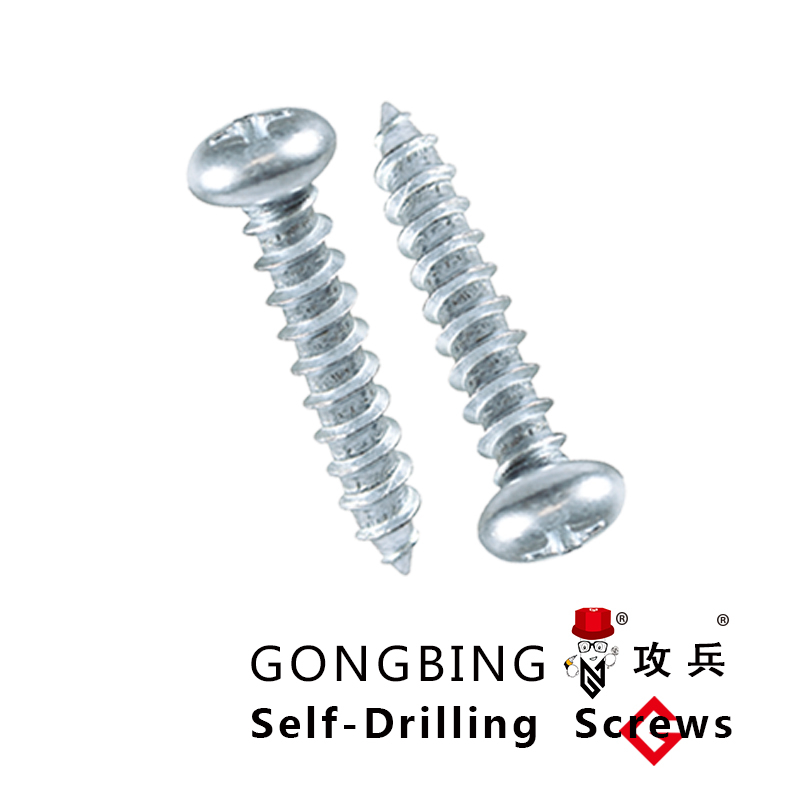Understanding the Role of Bolts in Concrete Foundation Construction Techniques
Understanding Concrete Foundation Bolts Essential Components for Structural Integrity
Concrete foundation bolts are critical components in construction, particularly for structures that require robust anchoring solutions. These bolts are typically used to connect various elements of a building to its foundation, ensuring stability and strength. In this article, we’ll explore the significance, types, applications, and installation techniques associated with concrete foundation bolts.
The Importance of Concrete Foundation Bolts
The primary role of concrete foundation bolts is to secure structures against various forces, including wind, earthquakes, and other environmental factors. By anchoring elements like walls, steel frames, and equipment to the foundation, these bolts help distribute loads evenly and prevent structural failure. Without appropriate anchoring systems, buildings and structures could suffer from severe damage or collapse, highlighting the necessity of these bolts in construction.
Types of Concrete Foundation Bolts
Concrete foundation bolts come in various types, each designed for specific applications
1. Expansion Bolts These bolts expand when tightened, creating a gripping action within the concrete. They are suitable for medium-load applications and are easy to install.
2. Epoxy Anchors In this method, bolts are set in place using an epoxy resin. This provides a strong bond and is ideal for heavier loads and seismic applications since it creates a durable and robust connection.
3. Threaded Rods Often used in conjunction with nut and washer assemblies, threaded rods are versatile and can be cut to length. They are commonly employed in heavy construction and are available in various grades of steel, ensuring compatibility with different load requirements.
4. Anchor Bolts These specialized bolts, often “L” or “J” shaped, are embedded into the concrete during the curing process and are designed to withstand axial and lateral forces. They are essential for securing structures like poles, flags, and large equipment.
Applications of Concrete Foundation Bolts
Concrete foundation bolts are utilized in multiple sectors, ranging from residential to industrial construction
. Some notable applications includeconcrete foundation bolts

- Building Foundations In commercial and residential buildings, foundation bolts secure walls and columns, enhancing stability. - Heavy Machinery and Equipment In industrial facilities, foundation bolts are crucial for anchoring heavy machinery, ensuring that equipment remains in place during operation and adverse conditions.
- Bridges and High-Rise Structures The need for durability and stability in bridges and tall buildings makes foundation bolts essential. These structures must endure significant stresses, especially from wind and seismic activity.
- Telecommunications Towers Communication infrastructure relies on firm anchorage to withstand harsh weather conditions. Concrete foundation bolts provide the necessary stability for these towers.
Installation Techniques
Proper installation is vital to the effectiveness of concrete foundation bolts. Here are some key steps involved in the installation process
1. Planning and Layout Before installation, thorough planning is required. Engineers typically create blueprints outlining the specific locations, types, and sizes of the bolts based on structural requirements.
2. Drilling Holes For expansion bolts and epoxy anchors, drilling precise holes into the concrete is critical. The diameter and depth of the holes should correspond with the specifications of the bolts being used.
3. Inserting the Bolts If using expansion bolts, they need to be inserted into the drilled holes before tightening. For epoxy anchors, the resin should be mixed and injected into the holes before placing the bolts.
4. Securing the Connections Once in place, nuts and washers are added to ensure a secure fit. Proper torque specifications must be followed to prevent any loosening over time.
5. Objective Inspection After installation, an inspection ensures that all bolts are installed correctly and meet safety standards.
Conclusion
Concrete foundation bolts are indispensable components of modern construction, providing the necessary strength and stability to various structural elements. Understanding the types, applications, and installation techniques of these bolts can greatly enhance the safety and longevity of buildings and infrastructure. By choosing the right kind of foundation bolts and ensuring precise installation, architects and builders can create resilient structures that stand the test of time.
-
Wedge Anchor Bolts: Secure Fastening SolutionsNūhouAug.05,2025
-
Insulation Fixings: Secure and Durable SolutionsNūhouAug.05,2025
-
Full Threaded Studs: Versatile Fastening SolutionsNūhouAug.05,2025
-
Expanding Fasteners: Secure and Reliable SolutionsNūhouAug.05,2025
-
Butterfly Toggle Anchors: Secure and Easy to UseNūhouAug.05,2025
-
Bracing Solutions for Steel StructuresNūhouAug.05,2025
